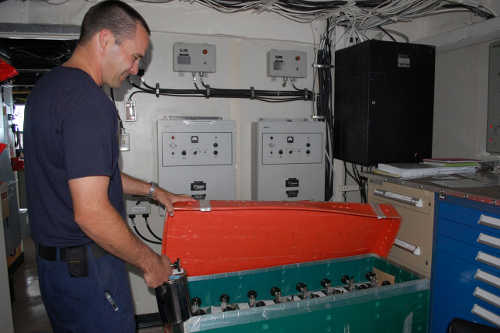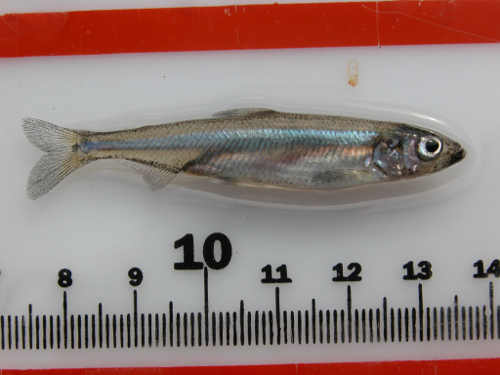- Tom Philpott
- Posted On
Military Update: In post-Iraq era, drawdown tools replace benefit boom
Disabled retirees, reserve component members, surviving spouses and active forces all benefited from flush wartime budgets and a Congress attuned after 9/11 to America’s deepening appreciation of current and past generations who risk life and limb in our nation’s wars.
But amid a deepening debt crisis and return of all U.S. forces from Iraq, the 2012 defense authorization bill (HR 1540) approved week before last shows priorities shifting, toward controlling defense spending and preparing to drawdown forces.
Restored are some old authorities needed to “reduce end strength in a responsible manner,” explained a House-Senate conference report on the bill.
These include:
– Temporary Early Retirement Authority, TERA, to allow select members a reduced annuity if released after 15 years but less than 20;
– Voluntary retirement incentive pay, payable to “no more than 675 officers’ with 20 to 29 years of service can be encourage to leave in return for payments of up to 12 months of basic pay;
– Voluntary separation pay and benefits for select enlisted members or officers who have more than six years’ service but fewer than 20.
– Expansion from three months to one year the period that an enlisted member can be discharged early without incurring a loss of benefits. But no pay or allowances would be paid for obligated time not served.
The Army and Marine Corps saw the steepest force increases during the Iraq war and expect to make the deepest post-war cuts.
Army end strength in 2012 will fall by 7400 soldiers, to 562,000, by October. That’s still up 77,000 from 2003.
Marine strength will hold at 202,100 but plans are to cut the Corps to 186,800 or even lower as cost-cutting pressure intensifies.
The Navy is down 54,400 sailors since wartime strength peaked at 383,000 in 2002. It will lose another 3000 to reach 325,700 by fall.
The Air Force is to gain 600 airmen for total active duty strength of 332,800. Though it is down 40,000 airmen since a wartime peak in 2004, Air Force exceeded its authorized level by 1,200 last October.
The new defense bill authorizes the modest TRICARE Prime enrollment fee increases that took effect Oct. 1 for working-age retirees, the first bump since TRICARE began 16 years ago.
It also directs retiree Prime fees be raised annually by the percentage hike in retired pay through annual cost-of-living adjustments or COLAs. Pharmacy co-payments will be allowed to rise.
Effective back to Oct. 1, the services must prorate imminent danger pay and hostile fire pay of $225 a month based on number of days spent in designated danger areas.
Previously, any part of a day in a war zone qualified a member for the full monthly payment. Only if there’s exposure to hostile fire will a day in theater now trigger full payment.
The Obama administration, military leaders, prominent lawmakers and various debt commissions have signaled deeper cost-sharing ahead for military beneficiaries including a first-ever enrollment fee for TRICARE for life and a dampened COLA formula for all federal entitlements.
So beneficiaries have reason to be wary of the defense budget to be unveiled in February with all accounts, including personnel, facing spending cuts.
Killed during final negotiations between House-Senate conferees on this defense bill was a provision to end reductions in survivor benefit annuities for surviving spouses to match dependency and indemnity compensation from the Department of Veterans Affairs.
Also killed was a provision to ease the impact of this SBP-DIC offset by increasing amounts paid under the interim Special Survivor Indemnity Allowance.
Progress also has stalled on other entitlement reforms including lifting the ban on concurrent receipt of both retired pay and VA disability compensation for all disabled retirees.
Still being impacted by the ban are retirees with disability ratings of 40 percent or less and disabled veterans forced by health conditions to leave service short of 20 years. President Obama at one time endorsed these benefit expansions but no more.
Military associations don’t brag of gains over the past decade, probably to protect them and to the fight effectively for others. But even a partial list is impressive.
Older retirees today have TRICARE for Life, a prized supplement to Medicare that didn’t exist before. All beneficiaries have access to a mail-order drug program and a vast retail pharmacy network.
Many thousands of retirees with serious or combat-related disabilities now draw full retired pay plus VA disability compensation because Congress ended for them the century-old ban on concurrent receipt.
The Survivor Benefit Plan is more valuable since Congress ended a deep reduction in annuities at age 62 when surviving spouses become eligible for social security.
The gratuity for combat-related deaths was raised six-fold to $100,000 and maximum Servicemembers’ Group Life Insurance coverage rose from $250,000 to $400,000.
Congress also approved a lump sum Traumatic SGLI payment of up to $100,000 to assist the most severely wounded with immediate financial challenges.
A decade ago careerists faced a reduced retirement plan, Redux, and an anemic post-service education benefit.
Congress restored for them the traditional retirement plan of “half” base pay at 20 years with full COLA or annual cost-of-living adjustments.
In 2009, a far more valuable Post-9/11 GI Bill took effect for those with active service since Sept. 11, 2001.
A perceived military pay gap with the private sector was closed over a decade with a string of annual raises that exceeded private sector wage growth, and out-of-pocket housing costs fell sharply as Basic Allowance for Housing was raised enough to cover members’ average rent and utility costs.
Reserve personnel also saw gains including premium-based TRICARE coverage while in drill status and the lowering of the age-60 reserve retirement tied to length of wartime deployments after January 2008.
To comment, email This email address is being protected from spambots. You need JavaScript enabled to view it., write to Military Update, P.O. Box 231111, Centreville, VA, 20120-1111 or visit: www.militaryupdate.com.
Follow Lake County News on Twitter at http://twitter.com/LakeCoNews, on Tumblr at www.lakeconews.tumblr.com, on Google+, on Facebook at www.facebook.com/pages/Lake-County-News/143156775604?ref=mf and on YouTube at www.youtube.com/user/LakeCoNews .

 How to resolve AdBlock issue?
How to resolve AdBlock issue? 










